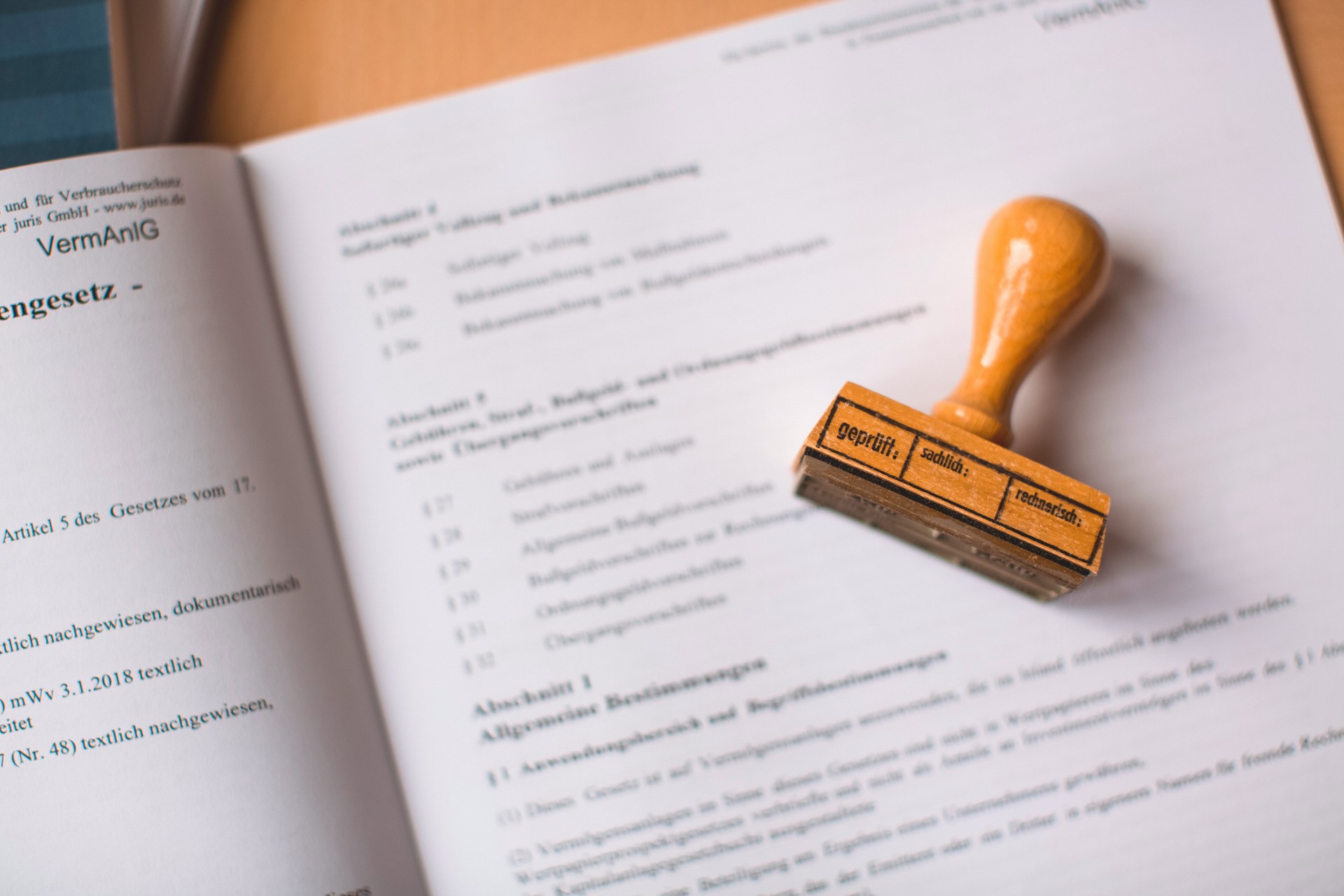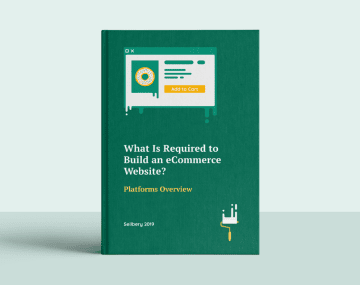
Notarized translation services add legal credibility to academic records, helping international students secure admissions, visas, and scholarships.
Imagine the admissions officer of your dream university. They are going through hundreds of international files, all purporting to be authentic. Your transcript is in Mandarin, Spanish, or Arabic, so the officer can not verify grades or course titles quickly. And that is exactly where notarized translation comes in. Although a standard certified translation is expected to be accurate, a notarized translation provides an additional legal witness who identifies the translator and authenticates their signature. The outcome is a formal paper record that the paper you submitted is the same paper your registrar issued.
Universities, scholarship foundations, and visa desks embrace notarization because it slashes the risk of forged credentials. Roughly 3% to 5% foreign academic records flagged for review show signs of alteration, and most of those cases involve missing or invalid seals. A notary’s stamp pre-empts that doubt, allowing admissions teams to focus on your achievements rather than the authenticity of your paperwork.
Certified vs. Notarized – Clearing the Confusion
Certified translations stand on the translator’s credibility alone. The linguist signs a “statement of accuracy” affirming that every grade, credit, and course description has been faithfully reproduced. For many in-country processes, that’s enough. However, when your documents cross borders or enter government channels, officials want an extra layer of proof. This is where notarized translation services by Rapid Translate become invaluable. A notary public does not make a judgment of language quality, only of identity and signature witnessing. This seemingly minor formality transforms the translation no longer into a personal promise, but into an authorized document admissible in court, at a consulate, and in scholarship boards where the handling of public funds is involved.
Picking the Right Service Provider
Choosing a translation company isn’t as simple as googling the cheapest price. You need a team that understands academic jargon, follows target-country regulations, and works fast enough to beat application deadlines. Start by confirming that the provider employs subject-matter linguists who know the difference between “Licenciatura” and “Master’s.” Ask whether they maintain in-house notaries or partner with licensed professionals in the country where your documents will be used. If your university is in Texas, a Spanish notary seal may not cut it unless it’s paired with an apostille under the Hague Convention.
Turnaround time and transparency also matter. A trustworthy agency issues a written delivery schedule, offers rush options for last-minute scholarship windows, and provides tracking numbers for any physical packets they ship. Avoid providers that promise 24-hour notarization without explaining how they’ll maintain quality control under that timeline. Good agencies build in human proofreading, formatting checks, and final sign-off by both translator and notary.
Red Flags to Watch For
Be wary of “ one-size-fits-all” price lists with suspiciously flat fees. Academic documents vary in complexity; a ten-page engineering transcript with diagrams takes longer to translate than a one-page diploma. Another warning sign is a refusal to let you preview a draft for spelling of names and dates, two areas where errors can torpedo an application. Finally, if the company offers to “ notarize your own translation,” walk away; most schools reject self-translated work, and many notaries refuse to witness a signature when the signer is also the subject.
Workflow and Timeline That Actually Works
Time is the enemy during application season, so lay out a step-by-step plan:
- Gather every record you intend to submit transcripts, diplomas, and course syllabi if needed.
- Scan each page at 300 dpi resolution to ensure names, seals, and signatures are crystal clear.
- Email the scans to your chosen agency, specifying the destination country and any apostille requirements.
- Approve a formal quote that lists the translation price, notary fee, and delivery schedule.
- Receive a draft translation, then verify the spelling of personal details and course codes.
- Give the green light for notarization; the translator signs a certificate of accuracy in front of the notary.
- The agency assembles a packet with source copies, translated pages, the certificate, and the notary acknowledgment. Digital PDF versions often come with tamper-evident encryption.
- Submit the notarized set to your university portal or scholarship mailbox well before the deadline.
Double-check your institution’s policy; some admissions offices insist on hard copies if the program involves professional licensure (medicine, law, engineering).
Money Matters: Understand the Cost and Save
Students on a shoestring budget are likely to cringe at notarization costs, but knowing how each dollar is spent can help you manage. Translation work usually comprises 60-70% of the invoice; specialized texts, such as academic texts, command higher rates due to the fact that subject-matter linguists are more expensive. Notary fees tend to be relatively small, typically a fixed fee or a fee per signature as specified by the local jurisdiction. The rest is project management, formatting, and any shipping or apostille work.
You can trim expenses without sacrificing quality by batching documents. Ordering multiple notarized copies of a diploma in the same session is cheaper than returning later for separate seals. Another strategy is to request bilingual formatting only for essential records, transcripts, and diplomas while leaving supplementary materials like course descriptions for certified translation without notarization if your program permits it.
Final Takeaway: A Small Seal, a Huge Difference
Notarized translations might appear like red tape, but they are the key to your credibility in an increasingly wary international admissions environment that is concerned with document fraud. Get a good provider, plan in advance and consider the notary stamp as a strategic asset and not an afterthought. When that embossed seal is stamped on your translation packet, you have done more than just fulfilled a requirement; you have provided the decision-makers with a reason to believe what the story your academic records are telling them.
Was this news helpful?






 Yes, great stuff!
Yes, great stuff! I’m not sure
I’m not sure No, doesn’t relate
No, doesn’t relate



